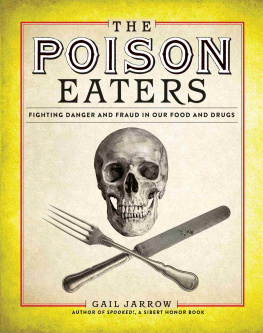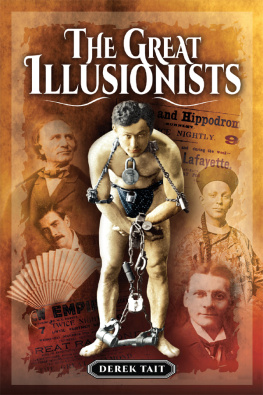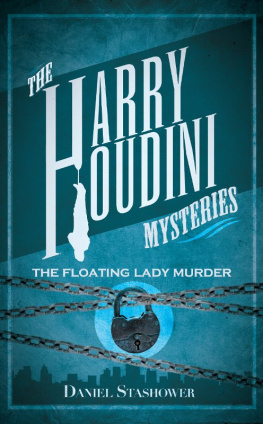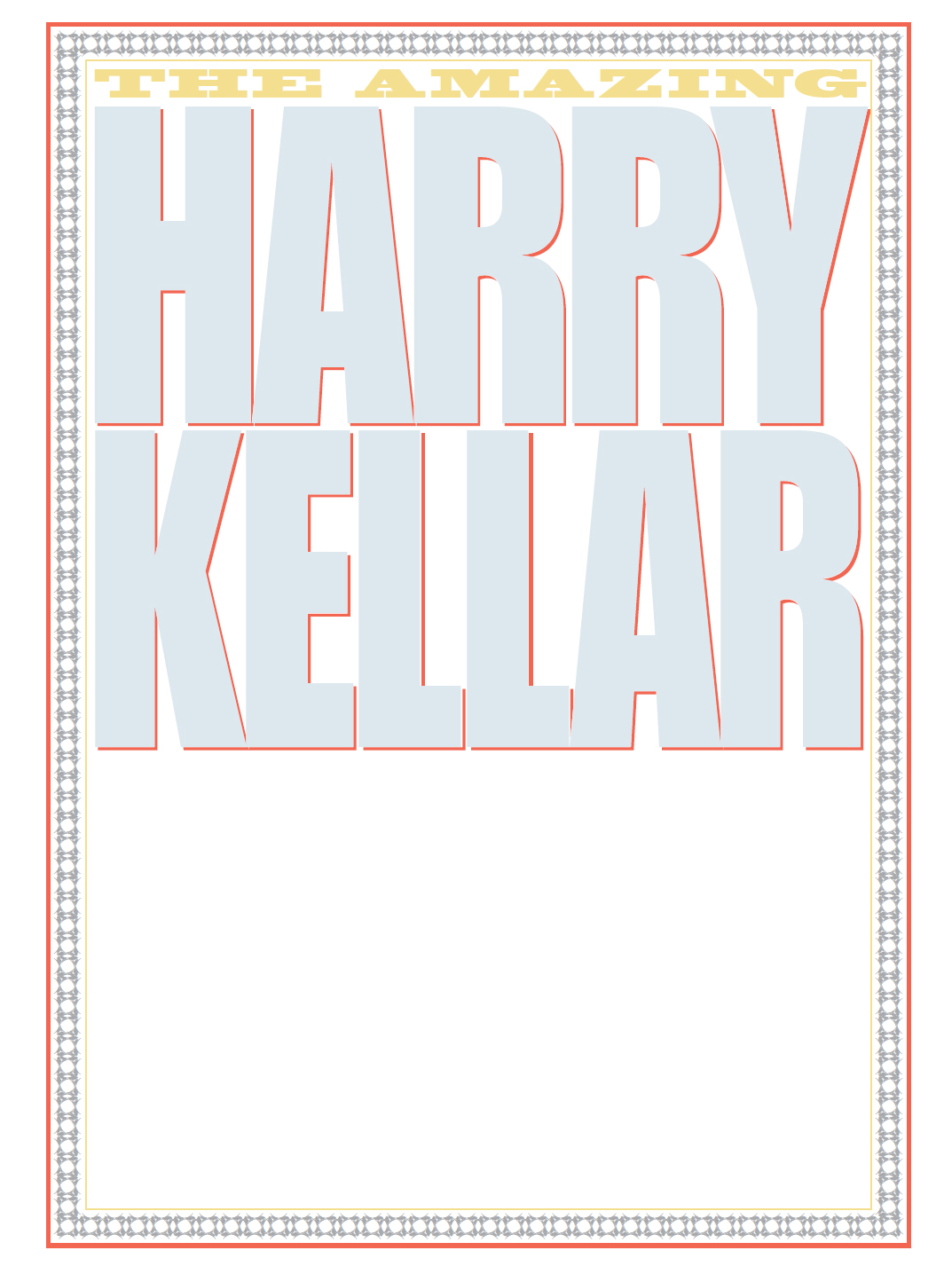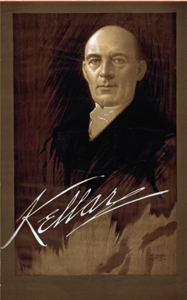
THE MAGICIAN
HARRY KELLAR, 1902
Text copyright 2012 by Gail Jarrow
All rights reserved
For information about permission to reproduce selections from this book, please contact .
Calkins Creek
An Imprint of Boyds Mills Press, Inc.
815 Church Street
Honesdale, Pennsylvania 18431
Printed in China
ISBN: 978-1-59078-865-3
ISBN: 978-1-62979-170-8 (ebook)
Library of Congress Control Number: 2011940465
First edition
10 9 8 7 6 5 4 3 2 1
Designed by Bill Anton | Service Station
Production by Margaret Mosomillo
Titles set in Agency Open, Blackoak, Impact, Linoscript, and Madrone
Text set in Egyptienne and Trade Gothic
FOR KYLE AND LAUREN,
WHO KNOW A THING
OR TWO
ABOUT BRINGING MAGIC
TO THE STAGE
Acknowledgments
W ITH GREAT appreciation, I tip my hat to those who helped me transform an idea into a book:
Lisa and Rich Gensheimer, documentary filmmakers of Main Street Media, who opened the curtain and introduced me to Harry Kellar. They directed my attention toward the best resources, provided thoughtful feedback on the manuscript, and lent a hand whenever I asked.
Mike Caveney, magician and historian, who shared his time, considerable knowledge, and amazing Kellar images. Im grateful for Mikes careful reading of the manuscript and excellent suggestions. Without his generous assistance, I could not have pulled off this trick.
Harry Kellar Ted Blakely, Kellars great-great-nephew, who was born on the magicians birthday. Teds family stories captured the spirit of his remarkable relative.
Bill Miesel, magician and author, whose years of detective work revealed forgotten details of Kellars life. His comments on my manuscript were invaluable.
Clark Evans and the staff at the Library of Congress Rare Books and Special Collections Reading Room, who helped me uncover a few secrets myself.
Bill Anton | Service Station, Juanita Galuska, Jeryl Genschow, Robbin Gourley, and Joan Hyman, who worked their magic behind the scenes.
And Carolyn P. Yoder, who deserves an extra nod. Her editorial skills combine the eye of a critic and the encouragement of a friendly audience.
GJ
Contents
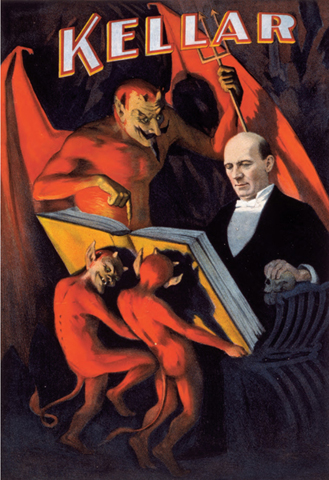
READING THE BOOK OF MAGIC, 1894
Kellar gets help with his magic from the devil and two imps. (See a similar poster on .)
THE MAGIC
POSTERS
B EFORE his magic show arrived in a town, Harry Kellar hired men to glue his advertising posters onto buildings and fences. For most of his career, Kellar ordered his posters from Strobridge Lithographing Company of Ohio and New York. The examples featured in this book were designed and printed by Strobridge, unless otherwise noted.
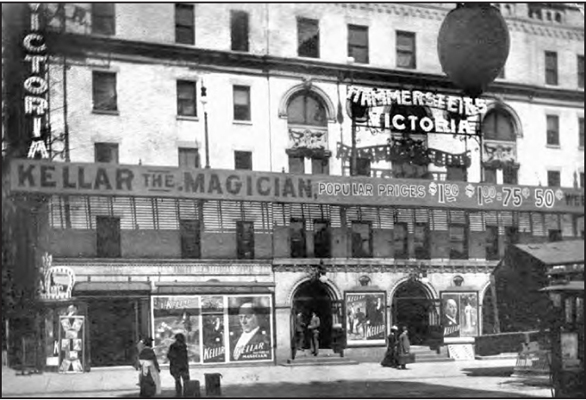
MAGIC POSTERS ON THE WALL
Posters advertise Kellars 1907 appearance at Hammersteins Victoria Theatre in New York City. Several of them appear in this book.
Posters often featured a Kellar illusion. Many showed him with little devils, or imps. People once thought that a magicians power came from the devil or the spirit world. Kellar played on that superstition to make his illusions and tricks seem more mysterious.
Strobridge printed the posters using stone lithography. An artist created a painting on flat limestone blocks. Then the art was transferred to paper.
Today a Kellar poster sells for thousands of dollars.
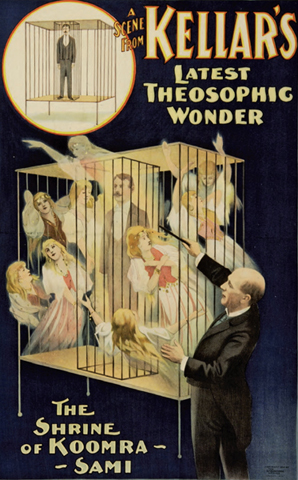
THE SHRINE OF KOOMRA-SAMI, 1895
When Kellar performed this illusion, his male assistant stepped inside a cage and the cage curtains closed. The curtains flew open again. The man had multiplied, and the cage now held him, his double, and a young girl.
PRESENTING
HARRY KELLAR!
I N 1900, Americans loved magic shows, and their favorite magician was Harry Kellar. Kellars stage performances sold out as people lined up to see his latest breathtaking illusion. His face and reputation were known everywhere. He traveled to five continents and became the first American-born magician to gain worldwide celebrity.
THE FIRST AMERICAN-BORN MAGICIAN TO GAIN WORLDWIDE CELEBRITY.
Harry Kellar is still admired by todays magicians. But most people have never heard of him. Instead, they think of Harry Houdini as Americas greatest magician. Yet Kellar was born in America, and Houdini was not. Kellar was a more talented magician whose career lasted longer than Houdinis. In fact, Houdini idolized Kellar, who was twenty-five years Houdinis senior.
Why has Houdinis fame lasted, though Kellars has faded?
Houdini was a better escape artist than magician and a better self-promoter than anyone else. He made himself a superstar. At the peak of his career in 1926, Houdini died unexpectedly, shocking the world and guaranteeing that he would not be forgotten.
Harry Kellar was a more modest man. He impressed the public by demonstrating his conjuring skills and exceptional showmanship. He thrilled and amazed audiences with his illusions, while capturing their affections. He encouraged other magicians and advanced the popularity of stage magic.
Kellar achieved his fame slowly during a career that lasted almost half a century. This is the story of his lifetime of hard work, determination, and adventure.
HARRY HOUDINI
(18741926)
H oudini was born as Ehrich Weiss in Budapest, Hungary. He grew up in Wisconsin and New York. At the age of seventeen, he began working as a magician, basing his stage name on the famous French magician Jean Eugne Robert-Houdin. In his early twenties, Houdini developed an escape act in which he freed himself from ropes, handcuffs, and straitjackets. By 1900, Houdini had become an international star known for his daring escapes. He first met Harry Kellar in 1908, at the end of Kellars career. The two later became good friends. When Houdini was fifty-two, he died after his appendix ruptured.
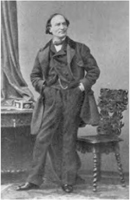
Jean Eugne Robert-Houdin (18051871)
The picture above is of Jean Eugene Robert-Houdin, who was originally a clockmaker but later turned his talents to magic.
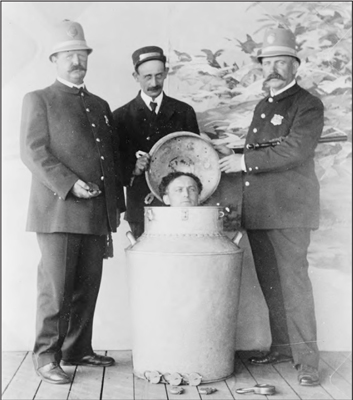
Houdinis Milk-Can Escape
Houdini, wearing handcuffs, prepares to be locked into a milk can filled with water. Thrilling escape tricks like this one made Houdini a star.
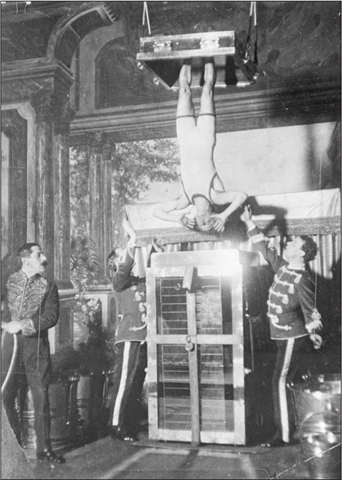
Houdinis Water-Torture Cell
In one of his most sensational escapes, Houdini was sealed upside down inside a water-filled cabinet.




